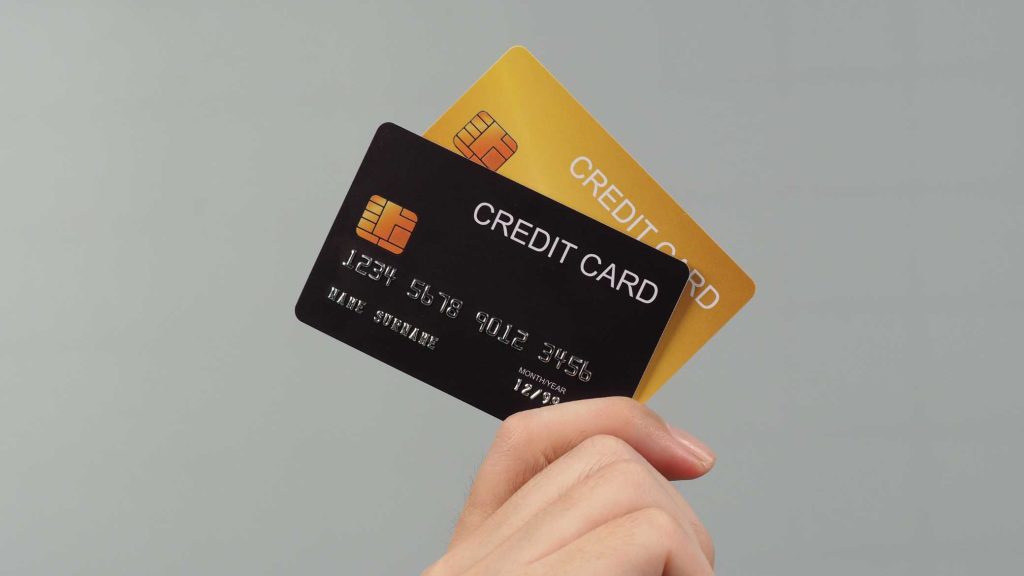Manage Credit Card Spending: How to Budget to Control Expenses? – Comprehensive Guide – 2024
Manage Credit Card Spending : In recent years, the use of credit cards has become increasingly prevalent across various demographic groups. While credit cards provide a convenient means to make purchases, they also bring along potential pitfalls, especially when expenses spiral out of control. Without a proper budget in place, credit card debt can quickly lead to high-interest rates, financial stress, and an unmanageable cycle of borrowing. However, with a strategic budgeting plan, it is possible to reap the rewards and benefits of credit card usage while avoiding these common pitfalls.
Table of Contents
This essay will explore the importance of creating a budget to manage credit card spending effectively, providing practical steps for identifying and controlling monthly expenses.
Also Read :Post Office Project : Invest 5 Lakhs Get 15 Lakhs: A Smart Project by The Post Office
Through a combination of disciplined spending, goal setting, periodic review, and automated payments, individuals can ensure that they stay on track and make the most out of their credit cards without falling into debt traps.
The Need for Budgeting with Credit Cards

Credit cards offer numerous advantages, from building a credit score to providing rewards and cash-back offers. They are also useful in emergencies and can facilitate big-ticket purchases with flexible repayment options. However, without careful planning, they can encourage overspending, lead to excessive interest payments, and create debt that can be challenging to overcome.
Budgeting for credit card spending is crucial for several reasons:
- Avoiding Debt Accumulation: By setting a clear budget, individuals can spend within their means and avoid carrying a balance that incurs high-interest charges.
- Maximizing Rewards and Benefits: Credit cards often come with benefits such as points, cashback, and travel perks. By strategically planning expenses, individuals can maximize these rewards while staying within budget.
- Improving Financial Discipline: A well-crafted budget promotes mindful spending, reduces impulsive purchases, and encourages savings.
- Maintaining a Good Credit Score: On-time payments and responsible credit utilization can significantly improve one’s credit score, which in turn opens the door to better loan terms and financial opportunities.
Step-by-Step Guide to Creating a Budget for Credit Card Spending

- Calculate Monthly Income and Expenses
The first step in creating a budget for credit card spending is to assess your total monthly income and fixed expenses. Here’s how you can break it down:
- Determine Net Income: Start by calculating your monthly income after taxes and deductions. This figure represents the money you have available to spend each month.
- List Fixed Expenses: Identify and list your fixed monthly expenses, such as rent or mortgage payments, insurance premiums, utility bills, loan payments, and other recurring obligations. This step is crucial in understanding your core financial commitments.
- Account for Variable Expenses: Next, list variable expenses, such as food, entertainment, transportation, clothing, and discretionary spending. It’s important to be realistic and honest in this assessment, as these categories often fluctuate.
For example, if your monthly net income is ₹60,000, and your fixed expenses (rent, insurance, etc.) amount to ₹30,000, you’ll be left with ₹30,000 for variable expenses, savings, and credit card spending.
- Set Spending Limits for Each Category
Once you’ve identified your expenses, categorize and set limits based on priority:
- Essential Expenses: Allocate a portion of your budget for essentials such as groceries, healthcare, transportation, and utilities. Use your credit card for these expenses only if it offers relevant rewards and you’re confident you can pay off the balance.
- Discretionary Spending: Decide on limits for non-essential spending categories, including entertainment, dining out, shopping, etc. This helps control impulse buying, a common trap with credit card usage.
- Savings and Investments: Allocate a fixed percentage of your income toward savings and investments. This should be considered a non-negotiable category within your budget.
Creating spending limits ensures that you don’t exceed your overall budget, keeping your credit card usage within bounds and reducing the risk of debt accumulation.
- Setting Monthly Credit Card Goals
To make the most of your credit card while staying within budget, set clear monthly spending goals:
- Determine an Affordable Limit: Decide how much you can afford to charge to your credit card each month. Consider factors such as your monthly income, expenses, and the ability to pay off the balance in full. Ideally, your credit card spending should not exceed 30% of your available credit limit.
- Focus on High-Reward Categories: If your credit card offers rewards, prioritize spending in high-reward categories such as groceries, travel, or dining out. This way, you can maximize points or cash back while ensuring that you stay within your budget.
- Avoid Unnecessary Purchases: Credit cards make it easy to overspend. Be mindful of your spending habits and avoid using your card for non-essential items that don’t fit within your budget.
For instance, if you’ve allocated ₹10,000 per month for credit card expenses, focus on spending in categories that provide value (e.g., earning points on groceries) while avoiding unplanned splurges.
- Monitor Expenses Weekly
Regularly reviewing your expenses is a key aspect of staying on track with your budget:
- Track Spending in Real-Time: Use online banking tools or mobile apps to monitor your credit card transactions. Many credit cards provide detailed statements that categorize expenses, making it easy to see where your money is going.
- Adjust Spending Limits: If you find that you’re consistently overspending in a particular category, reevaluate and adjust your limits accordingly. Look for areas where you can cut back to ensure that you stay within your overall budget.
- Identify Unnecessary Expenses: Regular reviews allow you to identify and eliminate avoidable expenses, such as subscription services you no longer use or impulse purchases that don’t bring value.
Weekly monitoring ensures that you remain aware of your spending habits and can make adjustments as needed. It also provides an opportunity to reflect on your progress toward financial goals.
- Make Automatic Payments to Reduce Interest Rates
Credit card debt can quickly spiral out of control if you don’t make timely payments. Setting up automatic payments can help:
- Avoid Late Payment Fees: Automating your payments ensures that you never miss a due date, which can lead to late payment fees and penalties.
- Reduce Interest Costs: Paying your credit card bill in full each month eliminates interest charges. If you can’t pay the full balance, aim to pay more than the minimum due to reduce interest costs.
- Stay Within Budget: Automated payments can act as a reminder to stick to your budget. When you know that payments are scheduled, you’re more likely to monitor and control your spending.
By minimizing interest charges and penalties, you can maximize the value of your credit card while avoiding costly debt.
- Regularly Review and Adjust Your Budget
A budget should be a dynamic tool that evolves with your financial situation:
- End-of-Month Reviews: At the end of each month, review your spending to assess how well you adhered to your budget. Identify areas where you exceeded limits and explore ways to cut back in the future.
- Reallocate Funds: If you find that certain categories consistently exceed budgeted amounts, consider reallocating funds or adjusting spending limits to reflect your actual needs.
- Plan for New Goals: If you want to increase your savings, make a large purchase, or invest in a new opportunity, revise your budget accordingly to accommodate these changes.
Regular reviews keep your financial plan relevant and aligned with your goals, helping you make informed decisions about credit card usage.
Practical Tips for Successful Credit Card Budgeting
- Avoid Impulse Purchases: Use the “24-hour rule” for non-essential purchases; wait 24 hours before buying something to determine if it’s truly necessary.
- Use Rewards Wisely: Redeem points and cash-back offers to offset expenses or make purchases that are already within your budget.
- Limit the Number of Cards: Managing multiple cards can complicate budgeting. Focus on one or two cards that offer the best rewards and terms for your spending habits.
- Set Alerts: Enable spending alerts on your credit card to notify you when you’re approaching your budgeted limit for the month.
Manage Credit Card Spending – Conclusion

Using a credit card can be an excellent tool for building credit, earning rewards, and managing expenses—provided it’s used responsibly. By creating a well-defined budget, setting spending limits, and regularly monitoring and adjusting your habits, you can make the most out of your credit card while staying in control of your finances. Remember, the key to successful credit card usage is to treat it as an extension of your financial strategy, not as an invitation to overspend.
Buy Now :: Iron Butterfly Options Trading Strategy Course
With a structured approach and commitment to responsible spending, credit cards can become a valuable asset in your financial toolkit, helping you achieve both short-term needs and long-term goals. Budget wisely, track expenses consistently, and harness the power of disciplined financial planning to enjoy the benefits of credit card usage without the downsides.
Keywords : Manage Credit Card Spending – Manage Credit Card Spending 2024 – Manage Credit Card Spending 2025, Manage Credit Card Spending Now



